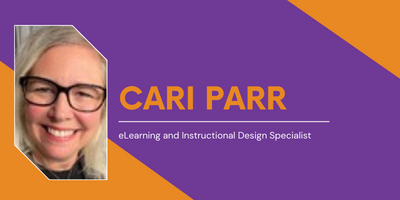School administrators, special, and general education teachers are often seen as having most of the control at the Individual Education Plan (IEP) meeting table. The families of students with disabilities deserve equitable decision making power. Therefore, if a school’s IEP team is to promote a culture of racial equity and inclusivity, they must cede power to the families.
School administrators, special, and general education teachers are often seen as having most of the control at the Individual Education Plan (IEP) meeting table. The families of students with disabilities deserve equitable decision making power. Therefore, if a school’s IEP team is to promote a culture of racial equity and inclusivity, they must cede power to the families.

The below steps will ensure that IEP meetings cede power to student’s family:
- Build Trust and address biases
- Share draft IEP
- Use present information only
- Communicate often
BUILD TRUST AND ADDRESS BIASES
It’s difficult for families to trust the school team at an IEP meeting table. That’s why it’s important for the school team to communicate with the family and be mindful of biases. A school team should be conscious of the assumptions and biases they are prone to having. For example, they can use open-ended questions and active listening, including:
- “What matters most to you?”
- “What are your priorities for the outcome of the meeting?”
Asking for any concerns or needs makes families feel heard and prepared.
Share Draft IEP
Share the Draft IEP two to four weeks before the meeting for families to seek advocacy. Ceding power is to make the knowledge playing field more level. As a result, informing families of community resources helps them navigate the Special Education system and the IEP process.

USE Present Information
When completing a Draft IEP, fill out only present confirmed information (i.e., Present Levels, the adverse effects of the disability on progress and involvement in the general curriculum, Other Factors, etc.). Leave the Draft IEP blank for all Services, Least Restrictive Environment, Extended School Year, Testing Accommodations, etc. By leaving these parts of the IEP blank, the team can discuss if the past services are still effective. It can also lead to a discussion no new services, goals, and accommodations. This guarantees a true discussion with all parties present and acknowledges that the school team needs the information from the family to complete an individualized IEP.

communicate often
When families contact school personnel, they need to receive a response quickly. If what the family is asking for will take time, let them know they will get a response and a deadline for when to expect it. Not being consistent with communication can make the first crack in the trust that school teams are trying to build at an IEP meeting table.
LONG-TERM APPROACH
School teams should cede the power to which they default, because it’s in the long-term interest of the student. The student with disability will not be at school forever, and families need access to resources for every stage of life for the long haul. The long-term plans, goals, and dreams of families for their children need to be reflected in every part of the IEP.
MindWorks Collaborative would love to invite you to learn more about IEPs. Join future conversations on this topic by signing up for our community of justice-driven special educators here and sign up to get alerts for our next roundtable.



Recent Comments